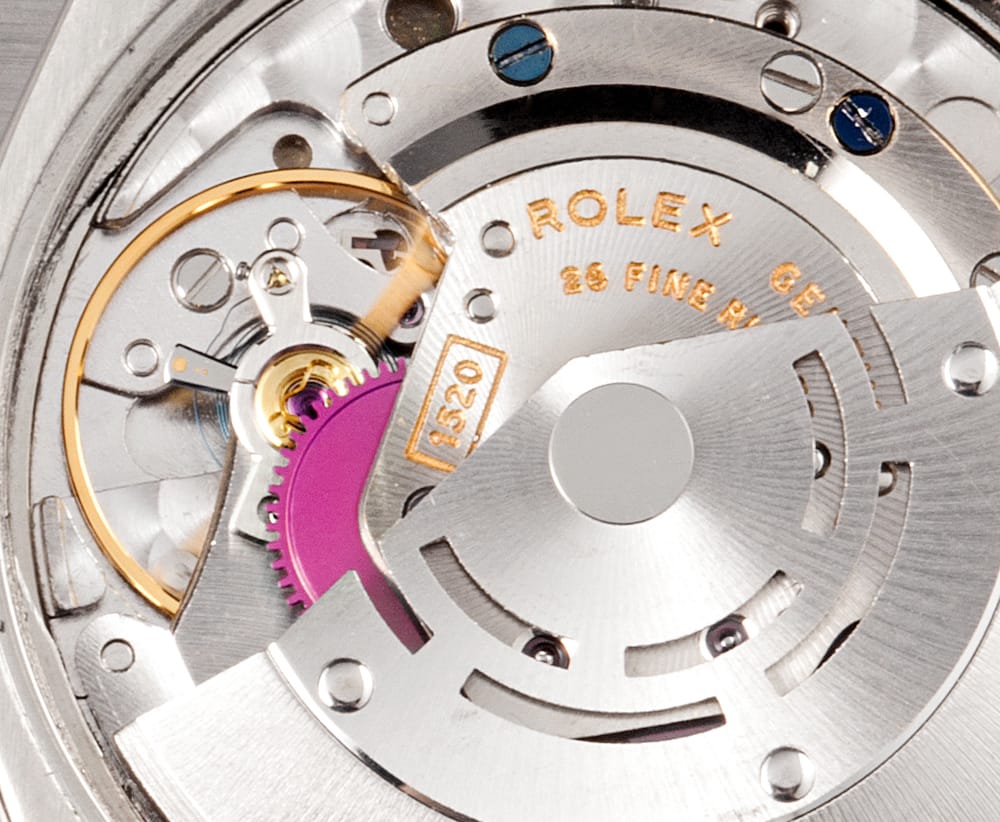The ticking heart of a fine timepiece has long been a symbol of precision engineering. Now, artificial intelligence is adding its own rhythm to the watchmaking melody. From the drawing board to your wrist, AI is transforming how luxury watches are designed, crafted, and experienced. This technological revolution isn’t just disrupting the industry – it’s enabling a new era of innovation that honors tradition while embracing the future.
AI in Watch Design and Innovation
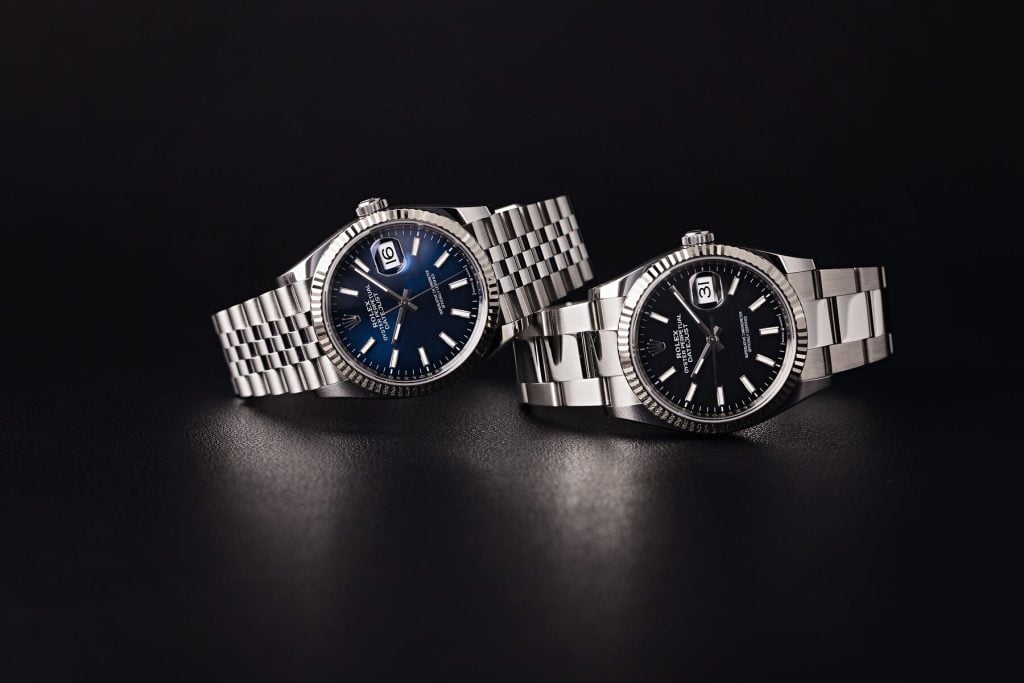
The marriage of AI and watch design is ushering in an era of unprecedented creativity and precision. While the art of watchmaking has deep roots in tradition, cutting-edge technology is now enhancing the capabilities of master craftsmen, pushing the boundaries of what’s possible in horology.
Historical Context of Watch Design
For centuries, watch design has been the domain of skilled artisans, their expert hands guided by generations of accumulated knowledge. These craftsmen have pushed the boundaries of mechanical ingenuity, creating intricate movements and stunning aesthetics that have stood the test of time. The legacy of brands like Rolex and Patek Philippe is built on this foundation of human expertise and artistic vision.
Watchmaking has evolved through distinct eras, each influencing design philosophy. From ornate pocket watches to utilitarian military timepieces, and sleek modern designs, watches reflect their times. Master watchmakers spend years honing skills, balancing form and function in creations that are both art and precision instruments. This rich history of craftsmanship sets the stage for AI’s entrance into horology.
AI-Powered Design Tools
Today, AI is augmenting human creativity in watch design. Advanced algorithms analyze market trends, consumer preferences, and historical design data to suggest innovative features and aesthetic elements. This collaboration between human intuition and machine learning is leading to groundbreaking designs that might have taken years to conceptualize in the past.
For instance, some luxury brands are experimenting with AI to optimize case designs for both form and function. These tools can rapidly generate and evaluate thousands of potential designs, considering factors like weight distribution, durability, and aesthetic appeal – all in a fraction of the time it would take a human designer.
Algorithmic Precision
In the realm of movement design, AI is proving to be a game-changer. By simulating the interplay of gears, springs, and other components, AI can fine-tune movement designs to achieve unprecedented levels of accuracy. This digital optimization translates into real-world improvements in timekeeping precision.
Moreover, AI algorithms are being employed to enhance the efficiency of existing complications. For example, perpetual calendar mechanisms – traditionally among the most complex in watchmaking – are being refined through AI-driven simulations, resulting in more reliable and compact designs.
AI and Smartwatches: The Convergence of Tradition and Technology
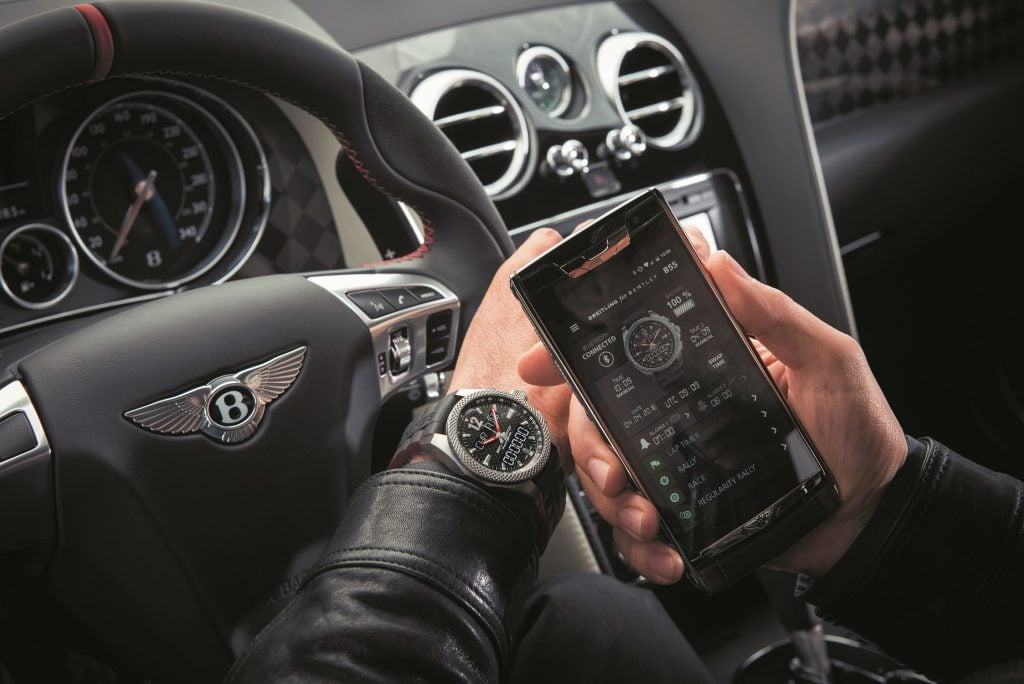
The rise of smartwatches has brought AI to the forefront of the watch industry. These digital timepieces are not just telling time; they’re becoming intelligent companions that adapt to our lifestyles. The intersection of traditional watchmaking and cutting-edge technology is creating a new category of timepieces that blend the best of both worlds.
Role of AI in Smartwatches
At the heart of every smartwatch is an AI-driven system that’s constantly learning and adapting. These devices use sophisticated algorithms to monitor your health, analyze your sleep patterns, and even predict your daily routines. The AI in smartwatches can detect irregularities in heart rhythms, suggest workout routines based on your fitness level, and provide personalized insights to improve your overall well-being.
AI also powers the voice assistants integrated into many smartwatches, allowing for natural language interactions. This hands-free functionality is particularly useful in situations where using a phone might be inconvenient or impossible.
Blurring the Lines Between Mechanical and Smart Watches
The luxury watch industry is embracing this technological shift by creating hybrid timepieces that marry traditional craftsmanship with smart features. These watches maintain the aesthetics and mechanical intricacy of luxury timepieces while incorporating subtle smart functionalities.
Take, for example, the TAG Heuer Connected series. These watches feature exquisite mechanical designs reminiscent of their iconic chronographs, but with full smartwatch capabilities powered by AI. Similarly, Montblanc’s Summit collection offers a perfect blend of Swiss watchmaking tradition and modern technology, with AI-driven features seamlessly integrated into classic designs.
Breitling’s Exospace B55 is another prime example of this fusion. It connects to your smartphone via Bluetooth, allowing for easy time setting and the ability to record flight times—a nod to Breitling’s aviation heritage—while maintaining the look and feel of a traditional chronograph.
For those intrigued by these innovations, a comprehensive Breitling smartwatch review reveals the brand’s commitment to blending tradition with technology. Beyond the Exospace B55, Breitling’s smartwatch collections include the Endurance Pro and the Professional series, each offering unique features tailored to different lifestyles, from athletes to aviation enthusiasts.
AI in Manufacturing and Supply Chain Optimization

Behind the scenes, AI is revolutionizing how luxury watches are produced and distributed. From the factory floor to the boutique display, intelligent systems are streamlining operations, enhancing quality, and ensuring that the right watch reaches the right customer at the right time.
Automating Production
In the hallowed halls of watch manufactories, AI is working alongside master craftsmen to elevate the art of watchmaking. Robotic systems guided by machine learning algorithms are taking on tasks that require superhuman precision, such as applying infinitesimal drops of lubricant to gear trains or setting microscopic jewel bearings.
These AI-powered systems can work tirelessly around the clock, maintaining consistent quality that even the most skilled human hands would struggle to match over long periods. However, the goal isn’t to replace human craftsmanship but to enhance it. By handling repetitive tasks, AI frees up artisans to focus on the creative and complex aspects of watchmaking that demand human touch and expertise.
Inventory Management
AI’s impact extends beyond the production line and into the realm of inventory management. Predictive analytics powered by machine learning are revolutionizing how watch brands forecast demand and manage their stock. These systems analyze vast amounts of data – from historical sales figures to social media trends – to predict which models will be in high demand.
This level of insight allows brands to optimize their production schedules, ensuring that popular models are always available while minimizing overstocking of less popular pieces. For luxury watch retailers and pre-owned specialists, AI-driven inventory management enables a more diverse selection of timepieces while maintaining efficient operations. It helps balance the delicate equation of meeting customer demand without tying up excessive capital in unsold stock.
Enhancing Quality Control
Quality control in luxury watchmaking has always been rigorous, but AI is taking it to new heights. Computer vision systems equipped with machine learning algorithms can inspect watch components with a level of detail and consistency impossible for the human eye to match.
These systems can detect microscopic flaws in watch movements, ensure the perfect alignment of hands, and even verify the authenticity of materials used in construction. By catching imperfections early in the production process, AI-powered quality control reduces waste and ensures that only the finest timepieces make it to the wrists of discerning collectors.
Moreover, AI systems can analyze data from quality control processes to identify patterns and predict potential issues before they occur. This proactive approach to quality management is helping brands maintain their reputation for excellence in an increasingly competitive market.
AI in Customer Experience and Personalization
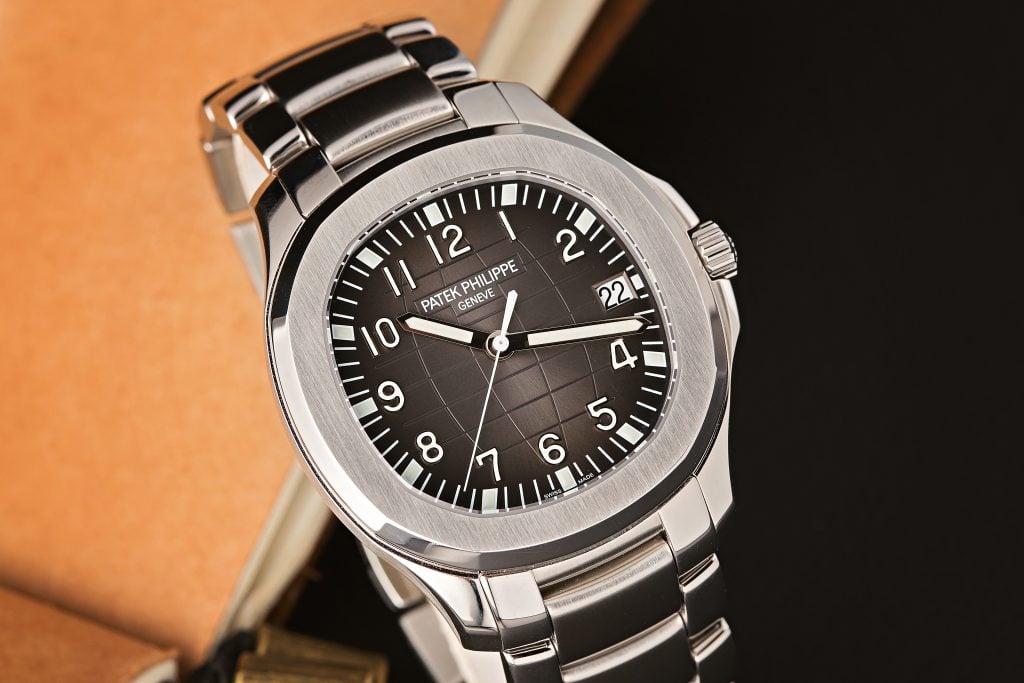
The luxury watch industry has always prided itself on providing exceptional customer experiences. With the advent of AI, these experiences are becoming more personalized, immersive, and accessible than ever before.
Virtual Try-On and Augmented Reality
One of the most exciting applications of AI in the watch industry is the development of virtual try-on experiences. Using augmented reality (AR) technology powered by AI, customers can now see how a watch would look on their wrist without ever stepping into a store.
Omega, for instance, has launched an AR app that allows users to visualize their timepieces in stunning detail. The AI algorithms adjust the watch’s appearance based on the user’s wrist size and skin tone, providing a remarkably realistic preview. Similarly, Rolex’s virtual try-on feature uses sophisticated AI to ensure that the watch’s proportions and reflections are accurately represented on the user’s wrist.
These technologies are particularly valuable for online retailers and pre-owned watch specialists like Bob’s Watches, as they allow customers to make more confident purchasing decisions from the comfort of their homes.
Personalized Recommendations
AI is transforming the way watch enthusiasts discover their next treasured timepiece. By analyzing a customer’s browsing history, purchase patterns, and even social media activity, AI algorithms can provide highly personalized watch recommendations.
For example, if a customer has shown interest in vintage Rolex Submariners, the AI might suggest similar models from other brands or highlight unique variations of the Submariner that the customer may not have considered. This level of personalization extends to email marketing campaigns and website experiences, ensuring that each customer sees the watches most likely to pique their interest.
Some companies have implemented AI-driven recommendation engines that help their customers navigate their extensive collection of products, making it easier for them to find the item that matches their style and preferences.
Enhancing Customer Service with AI Chatbots
AI-powered chatbots are becoming increasingly sophisticated, capable of handling complex queries about watch specifications, pricing, and availability. These virtual assistants are available 24/7, providing instant responses to customer inquiries and freeing up human staff to handle more complex interactions.
For instance, a customer might ask a chatbot about the water resistance of a particular watch model, and the AI can provide not only the technical specifications but also contextualize the information with recommendations for suitable activities. These chatbots can also assist with scheduling appointments for in-store viewings or connecting customers with human experts for more detailed consultations.
AI in Watch Authentication and Anti-Counterfeiting Efforts
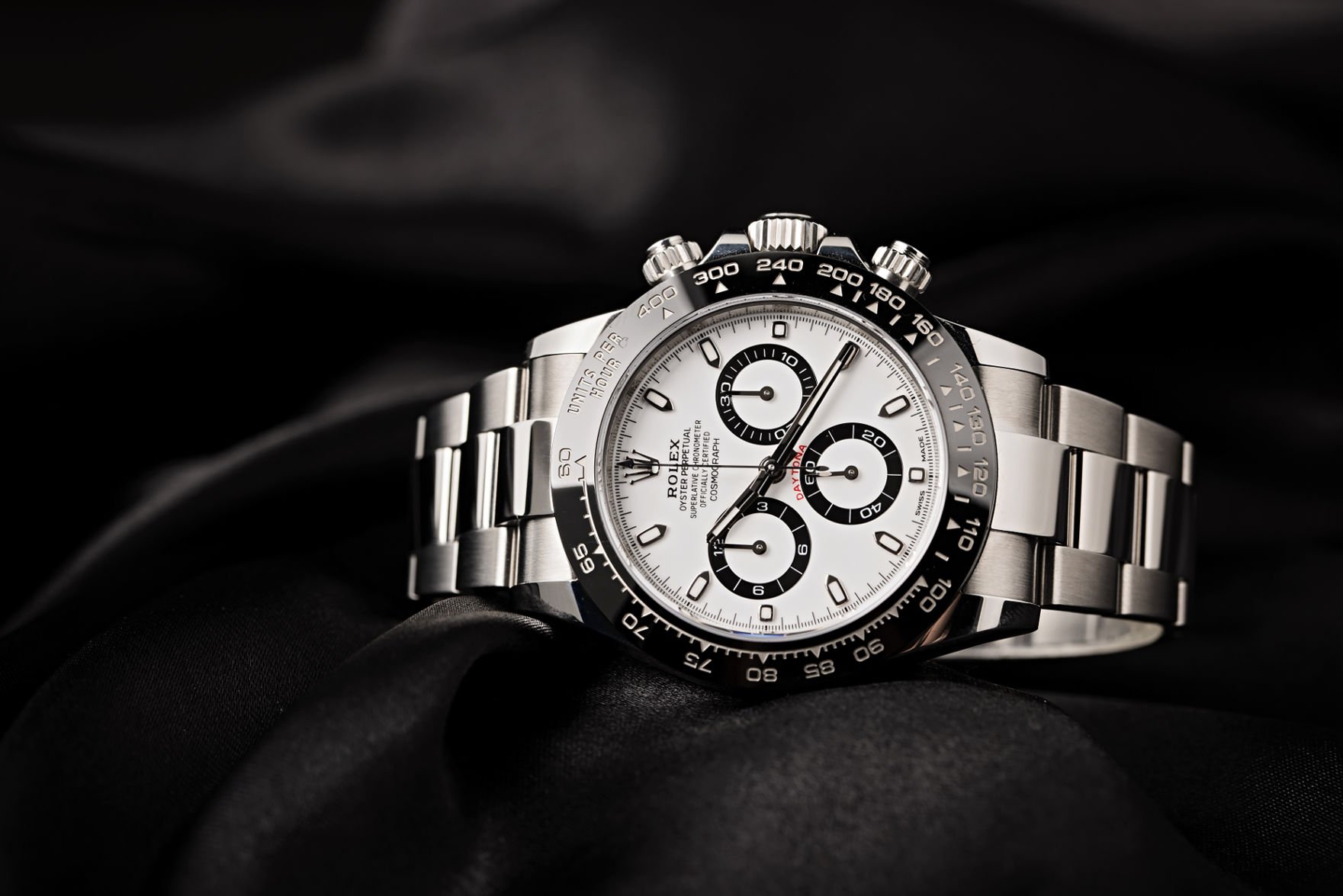
In the world of luxury watches, authenticity is paramount. AI is emerging as a powerful tool in the fight against counterfeits, providing new ways to verify the legitimacy of timepieces and protect the integrity of the market.
AI in Counterfeit Detection
Machine learning algorithms are being trained on vast databases of authentic watches, learning to recognize the minute details that distinguish genuine timepieces from sophisticated fakes. These AI systems can analyze everything from the engraving patterns on the case back to the subtle variations in dial printing that might escape even experienced human authenticators.
Leading retailers in the luxury watch market are now integrating AI-powered authentication tools into their evaluation processes. When a pre-owned watch is assessed, high-resolution images are fed into AI systems, which cross-reference them against extensive databases of known authentic timepieces. This technology acts as an additional layer of verification, complementing the expertise of human authenticators and bolstering consumer confidence in the secondary watch market.
Blockchain and AI for Transparency
The combination of blockchain technology and AI is creating new possibilities for tracking the provenance of luxury watches. Each timepiece can be assigned a unique digital identity on the blockchain, with AI algorithms monitoring and verifying each transaction and service record throughout the watch’s lifetime.
This system creates an immutable, transparent history for each watch, making it virtually impossible for counterfeiters to introduce fake timepieces into the legitimate market. For buyers of pre-owned watches, this technology provides unprecedented assurance of a watch’s authenticity and history.
Moreover, AI can analyze the blockchain data to detect unusual patterns that might indicate attempts to manipulate the system, adding an extra layer of security to the authentication process.
AI’s Role in Marketing and Consumer Insights
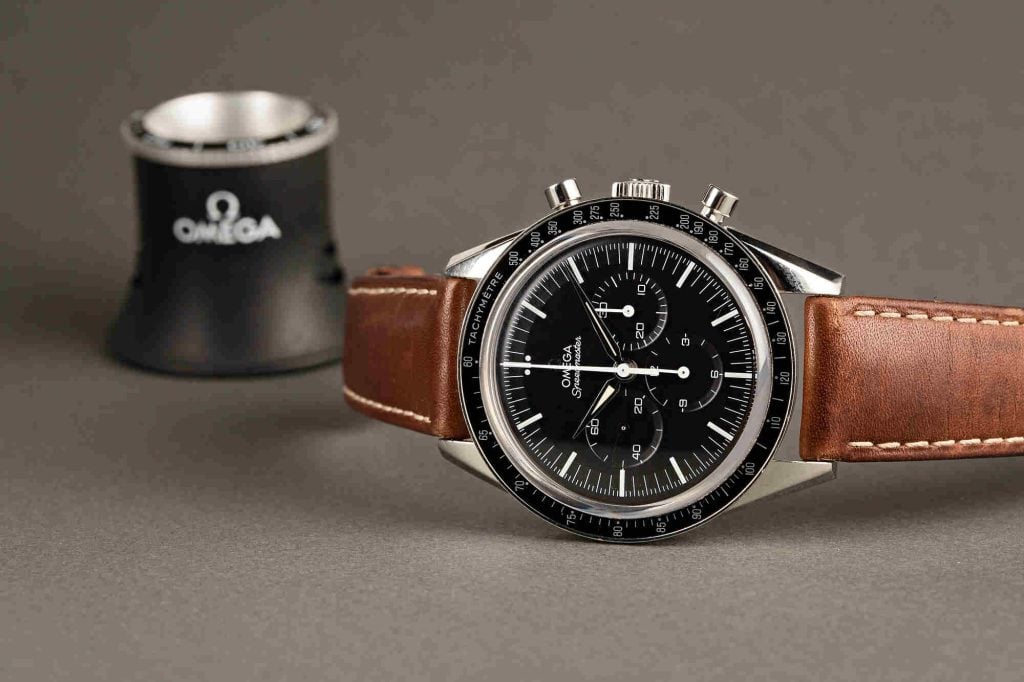
The art of marketing luxury watches is being reinvented through the lens of artificial intelligence. AI is providing unprecedented insights into consumer behavior, allowing brands to craft more effective and personalized marketing strategies.
Data-Driven Marketing Campaigns
AI algorithms are sifting through vast amounts of data to uncover patterns in consumer preferences and behaviors. This deep analysis allows watch brands to tailor their marketing messages with remarkable precision, ensuring that the right message reaches the right audience at the optimal time.
For instance, AI can analyze a customer’s browsing history, purchase patterns, and even social media activity to predict which watch models they’re most likely to be interested in. This insight allows for highly targeted email campaigns and personalized website experiences that showcase the most relevant timepieces to each visitor.
At Bob’s Watches, we’ve leveraged AI to segment our customer base and create customized marketing campaigns. By analyzing factors such as past purchases, browsing behavior, and engagement with our content, we can provide each customer with recommendations that truly resonate with their individual tastes and collecting goals.
Social Media and Influencer Marketing
AI is revolutionizing how watch brands engage with their audience on social media platforms. Machine learning algorithms can analyze millions of social media posts to identify trending topics, emerging influencers, and sentiment around specific watch models or brands.
This technology enables brands to stay ahead of the curve, quickly identifying and capitalizing on emerging trends in the watch community. AI tools can also help identify the most effective influencers for collaborations, analyzing not just follower counts but engagement rates, audience demographics, and the authenticity of their following.
Moreover, AI-powered image recognition can scan social media posts to identify watches in user-generated content, providing valuable insights into how and where customers are wearing their timepieces. This data can inform everything from product development to marketing strategy.
By harnessing the power of AI in social media analysis, luxury watch brands can create more authentic and engaging content that resonates with their target audience, fostering a stronger connection with watch enthusiasts and collectors.
Ethical Considerations and Challenges

As AI continues to reshape the luxury watch industry, it brings with it a host of ethical considerations and challenges that brands must navigate carefully. Balancing technological advancement with tradition, privacy concerns, and industry resistance are key issues that require thoughtful attention.
Impact on Traditional Craftsmanship
The integration of AI into watchmaking has sparked a debate about the role of human craftsmanship in luxury timepieces. Some purists argue that the use of AI in design and manufacturing diminishes the value of handcrafted watches, potentially undermining the very essence of what makes a luxury timepiece special.
However, proponents of AI in watchmaking contend that technology enhances rather than replaces human skill. They argue that AI frees artisans from repetitive tasks, allowing them to focus on the creative aspects of watchmaking that truly require human touch and ingenuity. The challenge lies in finding the right balance, using AI to augment human craftsmanship rather than supplant it.
At Bob’s Watches, we believe that the true value of a luxury timepiece lies in its history, craftsmanship, and emotional connection – elements that AI can enhance but never replace. Our role is to educate consumers on how technology and tradition can coexist, creating timepieces that honor the past while embracing the future.
Data Privacy and Consumer Concerns
The use of AI in personalized marketing and customer experience raises important questions about data privacy. As watch brands collect and analyze more data about their customers’ preferences and behaviors, they must ensure that this information is handled responsibly and ethically.
Consumers are increasingly aware of and concerned about how their personal data is used. Watch brands must be transparent about their data collection practices and provide customers with control over their information. This includes clear opt-in policies, the ability to delete personal data, and robust security measures to protect against data breaches.
Resistance to Change
The luxury watch industry, steeped in tradition and heritage, has shown some resistance to the rapid technological changes brought about by AI. Many brands fear that embracing AI too enthusiastically could alienate their core customer base, who value the timeless nature of mechanical watches.
Overcoming this resistance requires a delicate approach. Brands need to educate both their staff and customers about the benefits of AI, demonstrating how it can enhance the quality, design, and overall experience of luxury watches without compromising their inherent value.
The Future of AI in the Watch Industry

As we look ahead, the potential for AI in the luxury watch industry seems boundless. From revolutionary designs to unprecedented levels of personalization, AI is set to redefine what we expect from our timepieces.
Next-Gen AI Innovations
In the coming decade, we anticipate seeing AI push the boundaries of watch design and functionality even further. Advanced materials science, coupled with AI simulations, could lead to the development of new alloys and composites specifically tailored for watchmaking. These materials might offer improved durability, anti-magnetic properties, or even change color on demand.
AI could also enable more sophisticated power reserve systems, potentially leading to mechanical watches that can run for months or even years without winding. Imagine a watch that learns from your wearing habits and adjusts its energy consumption accordingly, ensuring it’s always ready when you are.
Furthermore, we may see the emergence of AI-driven “smart mechanical” watches that blend traditional horological complications with intelligent features. These could include mechanical watches with built-in health monitoring capabilities or environmental sensors, all powered by the movement of your wrist.
The Role of AI in Sustainability
Sustainability is becoming increasingly important in the luxury sector, and AI is poised to play a crucial role in making watch production more environmentally friendly. AI algorithms can optimize manufacturing processes to reduce waste, energy consumption, and the use of precious resources.
For instance, AI could help in developing more efficient recycling processes for watches, ensuring that precious metals and other materials from old timepieces are effectively recovered and reused. This not only reduces the environmental impact but also helps preserve the limited supply of rare materials used in watchmaking.
AI could also assist in creating more accurate demand forecasts, reducing overproduction and the associated waste. By analyzing market trends and consumer behavior, brands can produce watches in quantities that more closely match actual demand, minimizing unsold inventory.
AI and the Future of Watch Design
The future of watch design with AI is incredibly exciting. We may see AI systems that can generate entirely new watch concepts based on abstract inputs like emotions or natural phenomena. Imagine describing the feeling of a sunrise over the ocean and having an AI translate that into a unique watch design.
AI could also enable hyper-personalization in watch design. Customers might be able to input their preferences, wrist size, and even DNA information, and have an AI system design a watch that’s uniquely tailored to them, both aesthetically and functionally.
Moreover, AI might facilitate the creation of “living” watch designs that evolve over time. The watch you purchase could subtly change its appearance based on your wearing habits or environmental factors, creating a truly unique timepiece that grows with you.
Conclusion: Balancing Tradition and Innovation
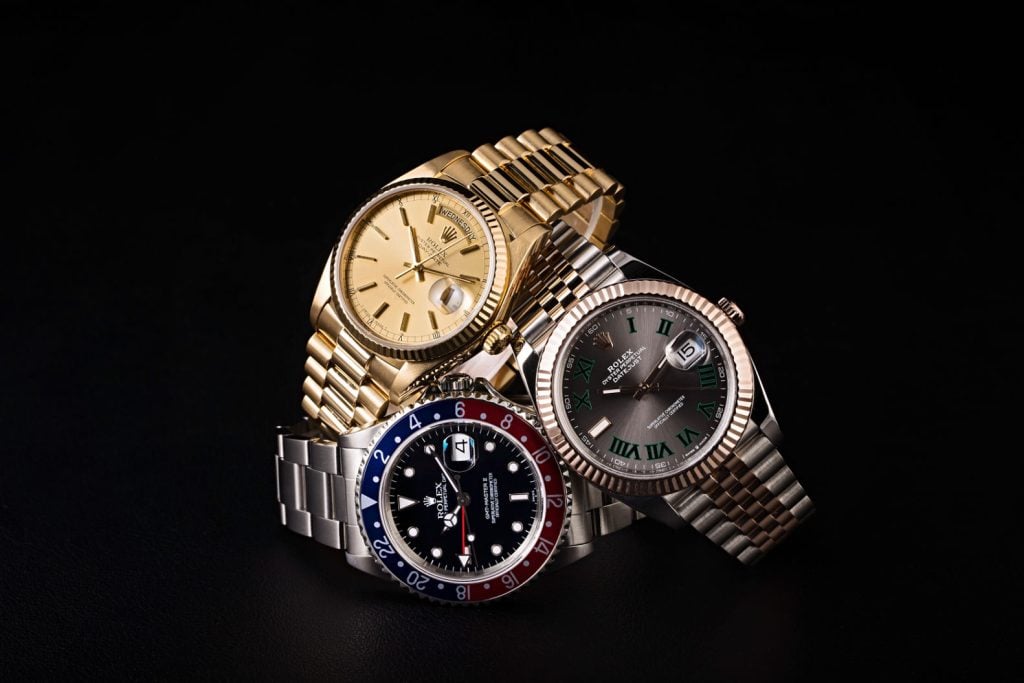
As we’ve explored, artificial intelligence is weaving itself into the very fabric of the watch industry, from the initial spark of design to the moment a timepiece finds its home on a collector’s wrist. This technological revolution is not replacing the art of watchmaking but rather enhancing it, allowing for new heights of creativity, precision, and personalization.
The integration of AI in the luxury watch sector represents a harmonious blend of tradition and innovation. It respects the centuries-old craft while pushing the boundaries of what’s possible in horology. From AI-assisted design processes that spark new creative directions to advanced manufacturing techniques that achieve unprecedented levels of precision, the impact of AI is undeniable.
As we look to the future, the potential for AI in watchmaking seems limitless. We anticipate seeing even more groundbreaking innovations that will redefine our relationship with time itself. Yet, amidst this technological advancement, the core values of luxury watchmaking – craftsmanship, heritage, and emotional connection – remain steadfast.
At Bob’s Watches, we embrace this exciting future while honoring the rich history of horology. Our commitment to authenticity and quality in the pre-owned luxury watch market is only strengthened by the advancements AI brings to authentication and customer experience. We invite you to join us in this horological journey, where the precision of AI meets the passion of true watchmaking artistry.
FAQs
What role does AI play in detecting counterfeit watches?
AI analyzes minute details of watches, comparing them against extensive databases of authentic timepieces to identify counterfeits with high accuracy.
Will AI replace traditional watchmakers?
No, AI is designed to enhance rather than replace human craftsmanship, handling precision tasks while allowing artisans to focus on creative aspects of watchmaking.
How do luxury watch brands use AI to enhance the customer experience?
Luxury brands use AI for personalized recommendations, virtual try-on experiences, and AI-powered chatbots to provide tailored customer service and shopping experiences.



